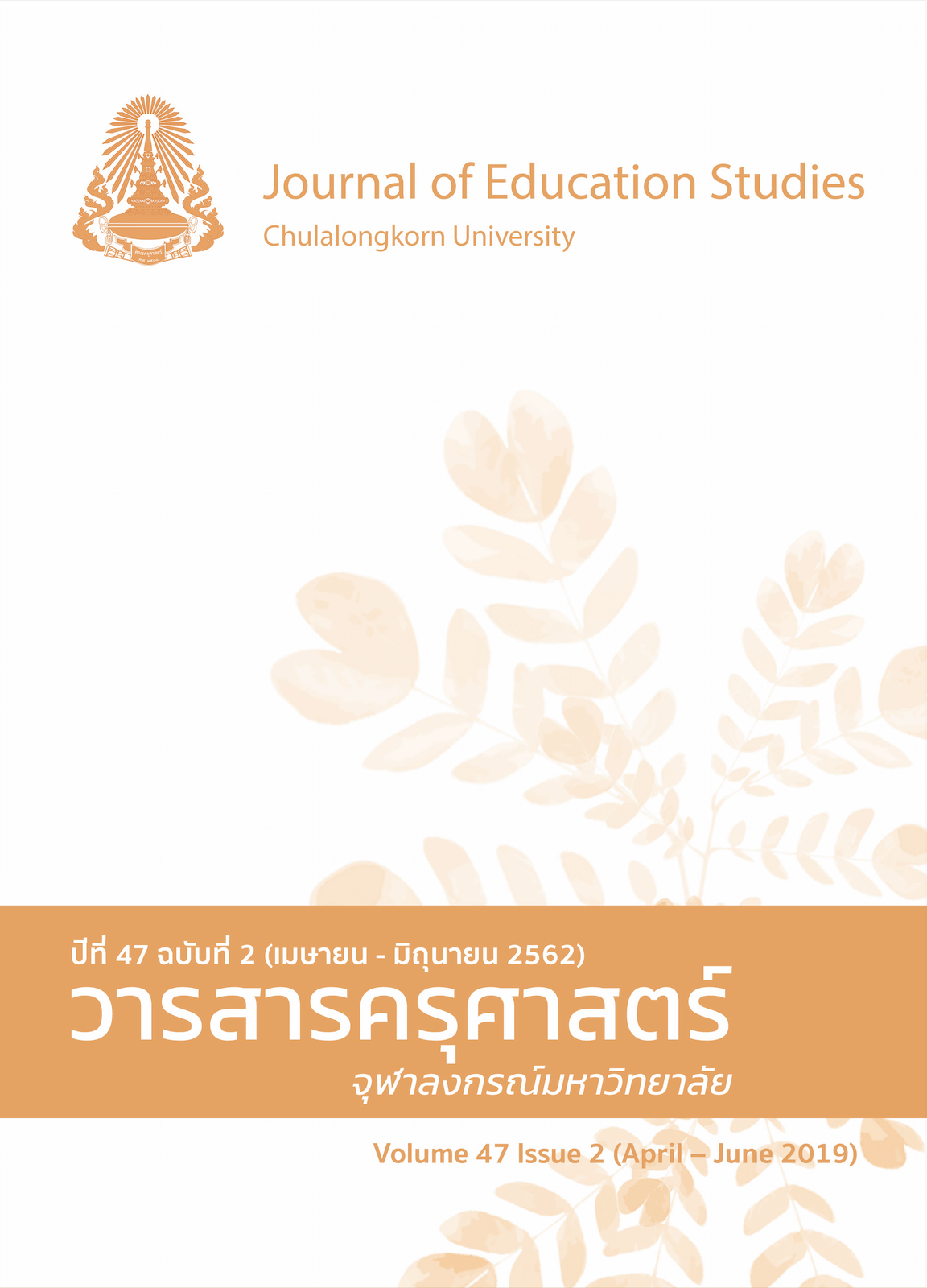กลยุทธ์การบริหารการเปลี่ยนแปลงเพื่อส่งเสริมภาพลักษณ์วัฒนธรรมองค์กรของโรงเรียนมัธยมศึกษา ยอดนิยม
Keywords:
CHANGE MANAGEMENT STRATEGY, CORPORATE CULTURE, IMAGING OF THE POPULAR INTERMEDIATE SCHOOLAbstract
The purposes of this research were to study the educational management culture of the most popular secondary school that affects a student’s qualitative image of the popular secondary school and to identify and evaluate change management strategies in promoting organizational culture’s image of the most popular secondary school. The target groups were 1,450 people including one director and four deputy directors of each school, from 290 popular intermediate schools under the Office of Basic Education Commission. The research tools were: 1) a questionnaire of the educational management culture of the most popular secondary school, 2) an in-depth interview form, and 3) an evaluation form.
The results show that: 1) The educational management culture of the most popular secondary school as follows: curriculum development, learning and teaching management, evaluation and assessment, and education assurance system development affected student’s qualitative image of the popular secondary schools. 2) The change management strategies in promoting the organizational culture’s image of the most popular secondary school consisted of 4 strategies: (1) the desired habit/behavior characteristics strategy, (2) the essential 21stcentury knowledge strategy, (3) the 21stcentury learning skills strategy, and (4) the living skills strategy. 3) Overall, the change management strategies in promoting the organizational culture’s image of the most popular secondary school was right, possible and useful at the highest level as well as in the component by component consideration.



